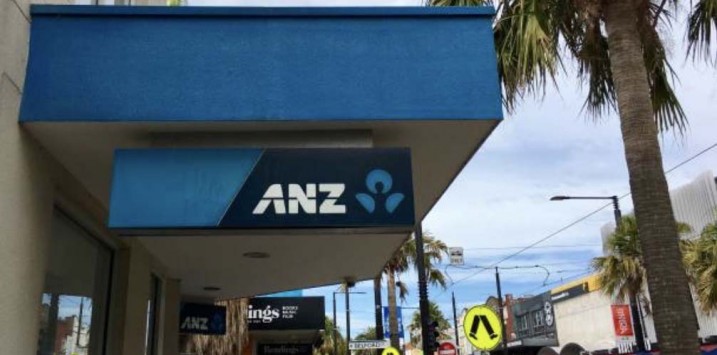
The Great Australian Dream Damaged?
It’s always a relief to wake up from a nightmare and while we believe that the nightmare for property investors may have only just begun, there may be relief, or even a silver lining, in the form of lower bank share prices.
Many years ago, Warren Buffett observed that if you live on an island, a bank would be a very good business to own. I am pretty sure he wasn’t referring to Australia, but he may as well have been. Australia’s oligopolistic banking structure has ensured the Big Four – The Australia and New Zealand Banking Group (ASX:ANZ), the Commonwealth Bank of Australia (ASX:CBA), National Australia Bank (ASX:NAB) and Westpac Banking Corp (ASX:WBC) are part of the social fabric and infrastructure of Australia.
And with the population of the nation likely to double in the next 35 years, the banks will be underwriting a great deal more property development, first home buying, gentrification and land subdividing than they already do.
This long-term perspective is something investors invariably forget when the business or economic cycle inevitably turns, as it has done now, this time with the assistance of David Murray’s Financial System Inquiry (FSI) and the more recent Royal Commission.
Changes to bank capital adequacy ratios and mortgage risk weights following the FSI’s impost to be ‘unquestionably strong’ provided an early indication that banks would need more capital and would not be able to lend as much for every dollar they had. This would permanently shift down their profitability and change the pace of growth of their underlying value.
Consequently, since 2016, we have been very underweight the banks. This hurt our performance in 2016 when banks rallied but their subsequent decline has been expected and of course has boosted our relative performance.
But a more important question is, what next?
We are reasonably confident that property prices will continue to decline and that the subsequent period of property weakness may linger amid a once-bitten, twice-shy sentiment that could influence many first-time property investors to reappraise the Great Australian Dream. That many first-time property investors are already losing money, and many more will, could have a significant impact on their propensity to invest with enthusiasm again.
Lower property prices, record levels of debt that will need to be paid off, and nervousness towards the property asset class will ensure bank credit growth will be constrained. Add to that mix the general tightening in credit and the banks’ own blacklisting of suburbs, more thorough examinations of a borrower’s credentials and the forced migration in 2019 and 2020 of a large number of interest only borrowers to lower margin principal and interest (P&I) loans will cap credit growth.
As we have been saying for a couple of years now, the next five years will look nothing like the last five for the banks.
On top of lower rates of revenue growth, Bank margins could also be impacted. Margins could be pressured by the shift of a large proportion of 2014 and 2015 interest-only mortgage holders to principal and interest in 2019 and 2020. In 2015 for example more than 49 per cent of mortgages written are estimated to have been written on interest-only terms. Following the FSI, APRA imposed a cap of 30 per cent of all new loans written. That means that at least the 19 per cent of the 2015 loans will need to be moved onto P&I in 2020.
Additionally, rising global interest rates will flow through to higher domestic bank funding costs when hedges roll off and new hedges need to be established at higher rates.
Consequently, banks will have to focus on their costs and we wouldn’t be surprised to see the banks make announcements, in due course, about cost-out programs.
However, banks will have to remember Henry Ford’s pay increase after he realized that his employees were also a very large customer base. According to some estimates the banks employ just over 160,000 Australians, many of who have mortgages.
But while the outlook for bank profit growth is less buoyant than it was in recent years, investors must also ask whether share prices have factored in an even worse scenario.
Share prices for the four big banks have fallen roughly 30 per cent over the last three and a half years and we believe they are effectively factoring something between a near term economic slowdown and a GFC type event.
The actual outcome could be far worse, and share price could continue to fall but we currently believe this presents a reasonable risk return profile relative to other investment opportunities in the market. To be clear that statement means that there might be worse risk return offerings in the market at present. It does not mean the banks are immune to further falls.
On balance, the 30 per cent declines in share prices over the last three-and-a-half years may now be factoring an outcome that has a relatively low probability of occurring (but not a zero probability). Of course with an underweight position in the banks, we would still welcome even lower prices.
The Montgomery Funds own shares in National Australia Bank and Westpac. This article was prepared 07 November 2018 with the information we have today, and our view may change. It does not constitute formal advice or professional investment advice. If you wish to trade National Australia Bank or Westpac you should seek financial advice.